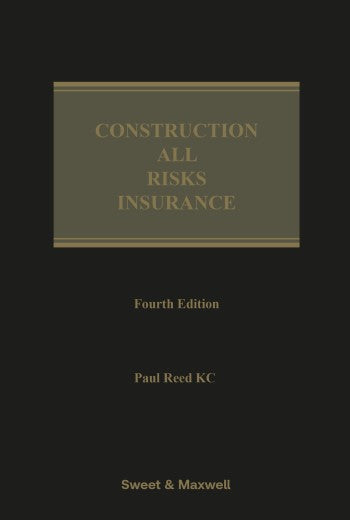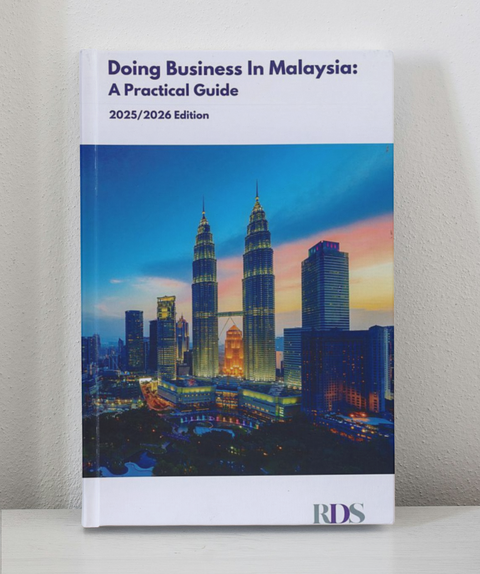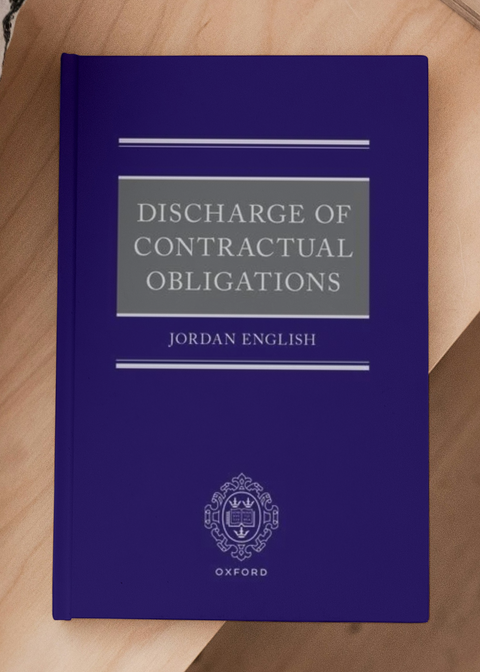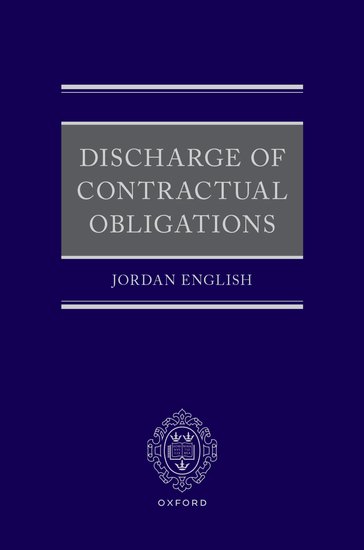![Occupational Safety and Health Act 1994 (Act 514), Regulations & Orders [As At 20th July 2024] [OSHA]](http://www.joshualegalartgallery.com/cdn/shop/files/Template_Act_new_7.png?v=1724047820&width=480)
![Occupational Safety and Health Act 1994 (Act 514), Regulations & Orders [As At 20th July 2024] [OSHA]](http://www.joshualegalartgallery.com/cdn/shop/files/Capture-occupational.jpg?v=1724033613&width=480)
![Occupational Safety and Health Act 1994 (Act 514), Regulations & Orders [As At 20th July 2024] [OSHA]](http://www.joshualegalartgallery.com/cdn/shop/files/Capture-occupational_back.jpg?v=1724033612&width=480)
![Occupational Safety and Health Act 1994 (Act 514), Regulations & Orders [As At 20th July 2024] [OSHA]](http://www.joshualegalartgallery.com/cdn/shop/files/Untitleddesign_17_244f32d4-ab44-4663-aa53-a82de6374373.png?v=1724047851&width=480)
![Occupational Safety and Health Act 1994 (Act 514), Regulations & Orders [As At 20th July 2024] [OSHA]](http://www.joshualegalartgallery.com/cdn/shop/files/cup_bafa934b-1c03-4ea4-9b6e-1ea1bc990a69.jpg?v=1724047851&width=480)
Occupational Safety and Health Act 1994 (Act 514), Regulations & Orders [As At 20th July 2024] [OSHA]
Occupational Safety and Health Act 1994 (Act 514)
Regulations & Orders
[As At 20th July 2024]
An Act to make further provisions for securing that safety, health and welfare of persons at work, for protecting others against risks to safety or health in connection with the activities of persons at work, to establish the National Council for Occupational Safety and Health, and for matters connected therewith.
Detailed Contents of Occupational Safety and Health Act 1994:
In Malaysia, workplace safety and health are governed by the comprehensive Occupational Safety and Health Act 1994 (Act 514). The Act outlines the obligations of employers, workers, and other parties with regard to establishing safe and wholesome working conditions across all industries.
In addition to the Act itself, a number of orders and regulations have been published under the Act to give more detailed instructions on how to abide by its provisions. This is a list of the principal laws and directives that are in effect as of April 5, 2021:
1. Occupational Safety and Health (Classification, Packaging and Labeling of Hazardous Chemicals) Regulations 1997
In order to ensure that employees are informed of any potential risks, these requirements call for businesses to identify and categorise hazardous substances used in the workplace as well as to appropriately package and label them. Additionally, the laws specify that safety data sheets must be made available and that employees must receive training on how to handle dangerous substances safely.
2. Occupational Safety and Health (Use and Standards of Exposure of Chemicals Hazardous to Health) Regulations 2000
These laws outline criteria for monitoring and determining workers' exposure to certain hazardous substances, as well as allowed exposure limits for those substances. Also, employers must put in place controls on exposure and give employees the proper personal protection gear.
3. Occupational Safety and Health (Safety and Health Committee) Regulations 1996
In order to enhance communication and cooperation between employers and employees on issues relating to occupational safety and health, these regulations mandate that employers create a safety and health committee in workplaces with a specific number of employees. The safety and health committee's membership, responsibilities, and tasks are outlined in the regulations.
4. Occupational Safety and Health (Safety and Health Officer) Regulations 1997
In particular workplaces, these requirements mandate that employers appoint a safety and health officer, who is in charge of putting the occupational safety and health programme in place and keeping an eye on it. The requirements and responsibilities of the safety and health officer are outlined in the regulations.
5. Occupational Safety and Health (Notification of Accident, Dangerous Occurrence, Occupational Poisoning and Occupational Disease) Regulations 2004
Employers are required by these legislation to notify the appropriate authorities of specific accidents, hazardous situations, occupational poisonings, and occupational diseases. The regulations also specify how such instances are to be reported and investigated.
6. Occupational Safety and Health (Control of Industrial Major Accident Hazards) Regulations 1996
These rules are applicable to sectors of the economy that use potentially dangerous materials or procedures. Businesses in these sectors are required to create and implement a safety case that outlines the steps taken to prevent catastrophic incidents and to lessen their effects if they do happen.
7. Occupational Safety and Health (Noise Exposure) Regulations 2019
In order to safeguard employees from the damaging consequences of excessive noise, these laws lay out standards for the assessment and control of noise exposure in the workplace. Businesses must keep track of the amount of noise their employees are exposed to, adopt noise management strategies, and supply the necessary personal protection equipment to employees.
In general, these rules and directives offer crucial requirements and instructions for ensuring safe and healthy working conditions in Malaysia. To avoid accidents and create a safe workplace, both employers and employees should be aware of their provisions.
Occupational Safety and Health Act Contains:
Occupational Safety and Health Act 1994 (Act 514)
Occupational Safety and Health (Employer’s Safety and Health General Policy Statements) (Exception) Regulations 1995
Occupational Safety and Health (Control of Industrial Major Accident Hazards) Regulations 1996
Occupational Safety and Health (Safety and Health Committee) Regulations 1996
Occupational Safety and Health (Safety and Health Officer) Regulations 1997
Occupational Safety and Health (Safety and Health Officer) Order 1997
Occupational Safety and Health (Prohibition of Use of Substance) Order 1999
Occupational Safety and Health (Use of Standards of Exposure of Chemicals Hazardous to Health) Regulations 2000
Occupational Safety and Health (Notification of Accident, Dangerous Occurrence, Occupational Poisoning and Occupational Disease) Regulations 2004
Occupational Safety and Health (Classification, Labelling and Safety Data Sheet of Hazardous Chemicals) Regulations 2013
Occupational Safety and Health (Noise Exposure) Regulations 2019
Occupational Safety and Health (Plant Requiring Certificate of Fitness) Regulations 2024
Occupational Safety and Health (Licensed Person) Order 2024
Occupational Safety and Health (Fee for Registration of Competent Person and Registered Training Provider) Regulations 2024
Occupational Safety and Health (Construction Work) (Design and Management) Regulations 2024
Find more statutes like Occupational Safety and Health Act: Statutes
Latest releases
Get your copy today!










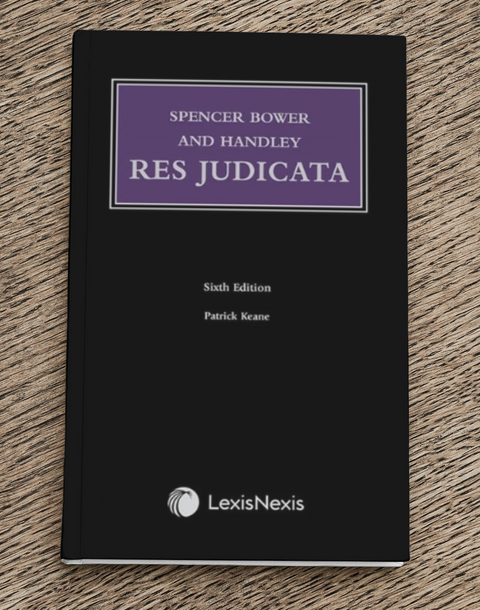
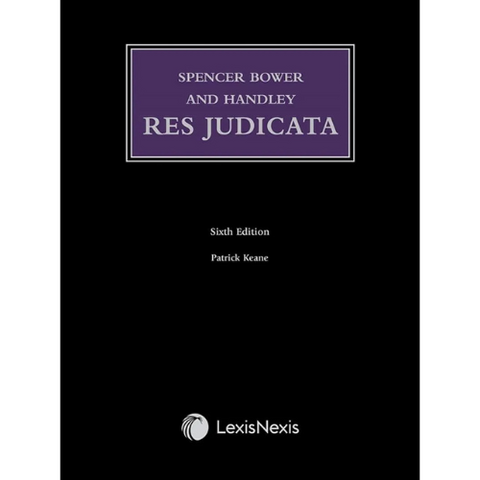
![Real Property Gains Tax Act 1976 Act 169 [As at 1st January 2025]](http://www.joshualegalartgallery.com/cdn/shop/files/Screenshot_2025-05-08_135123.png?v=1746684966&width=480)
![Stamp Act 1949 (Act 378) [As at 1st January 2025]](http://www.joshualegalartgallery.com/cdn/shop/files/Screenshot_2025-05-08_135058.png?v=1746683574&width=480)
![Stamp Act 1949 (Act 378) [As at 1st January 2025]](http://www.joshualegalartgallery.com/cdn/shop/files/Image_3.jpg?v=1746683777&width=480)









